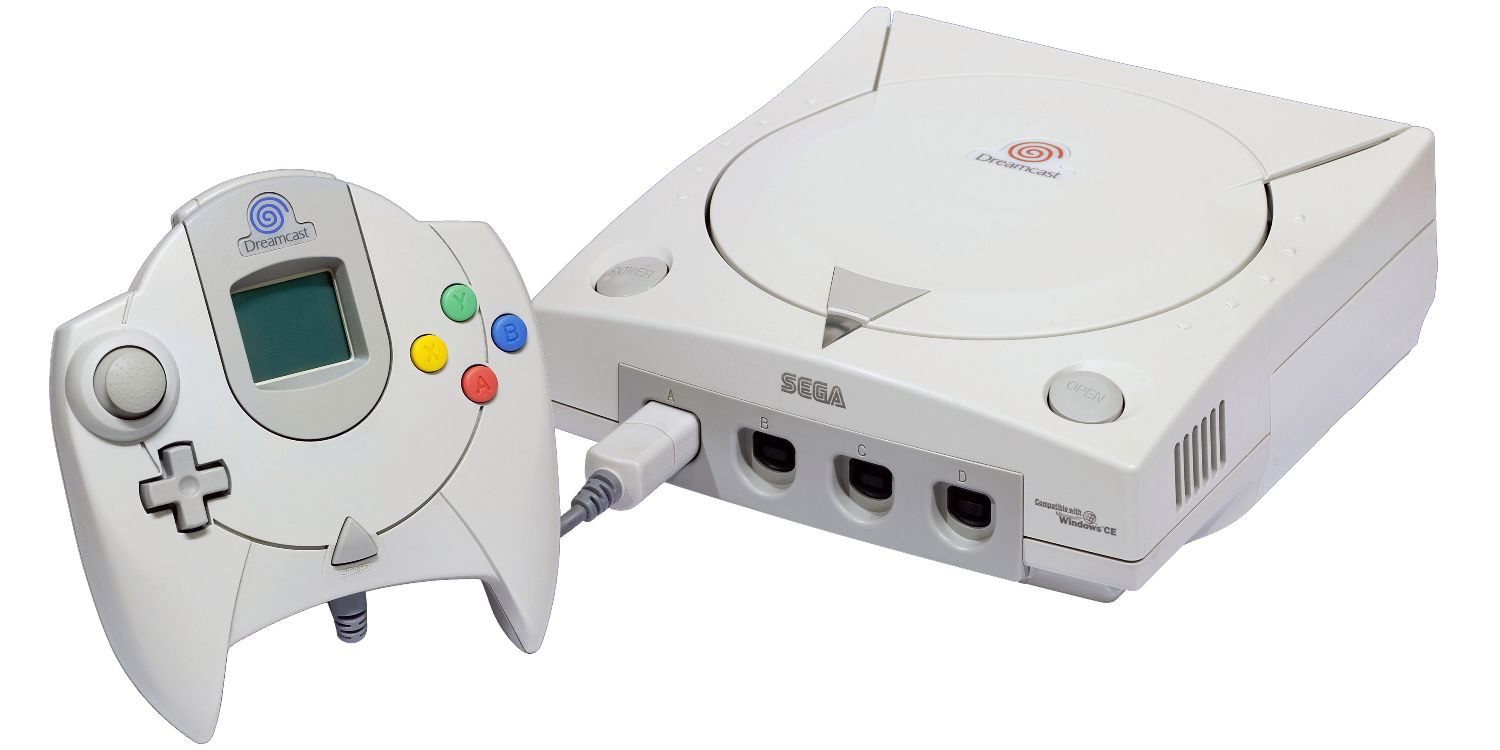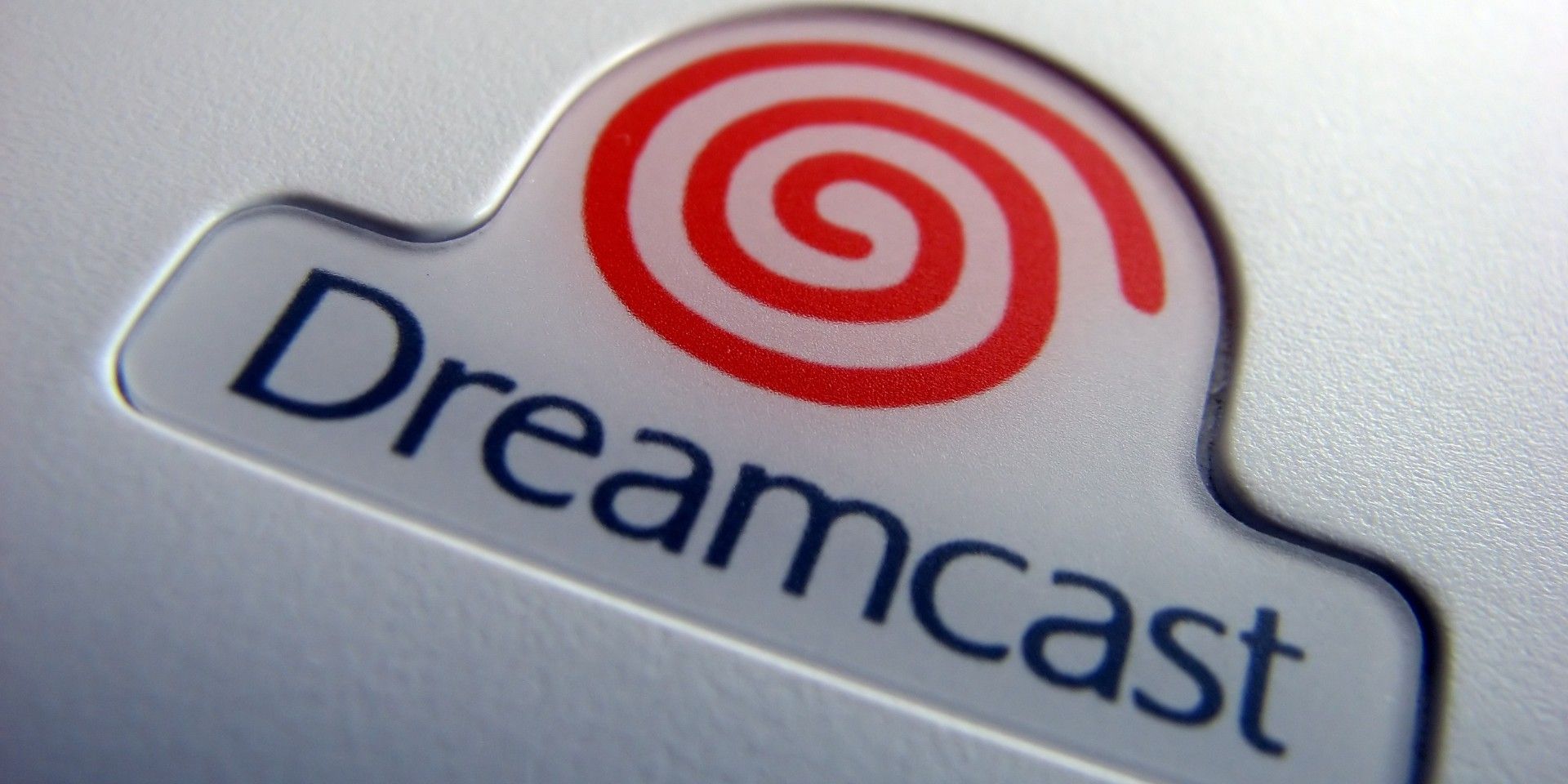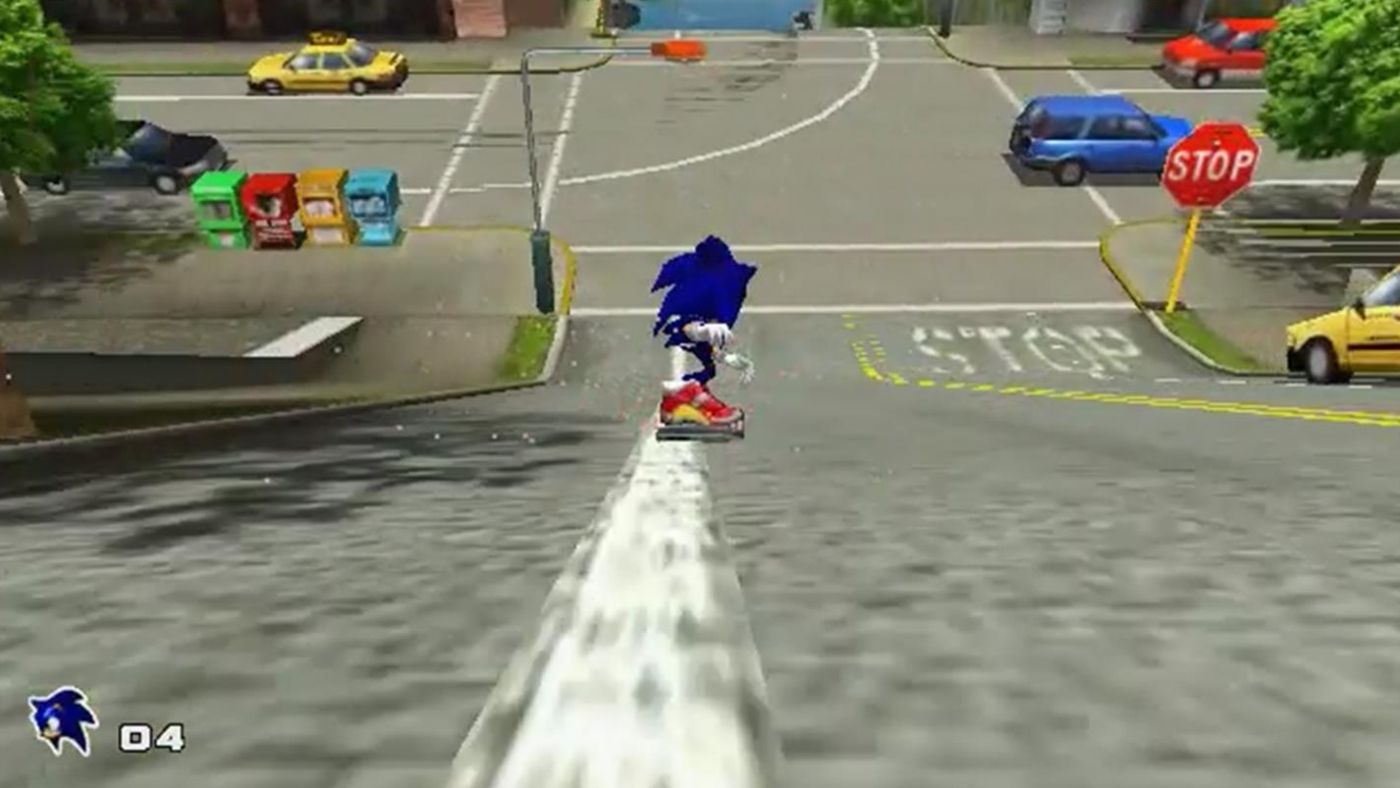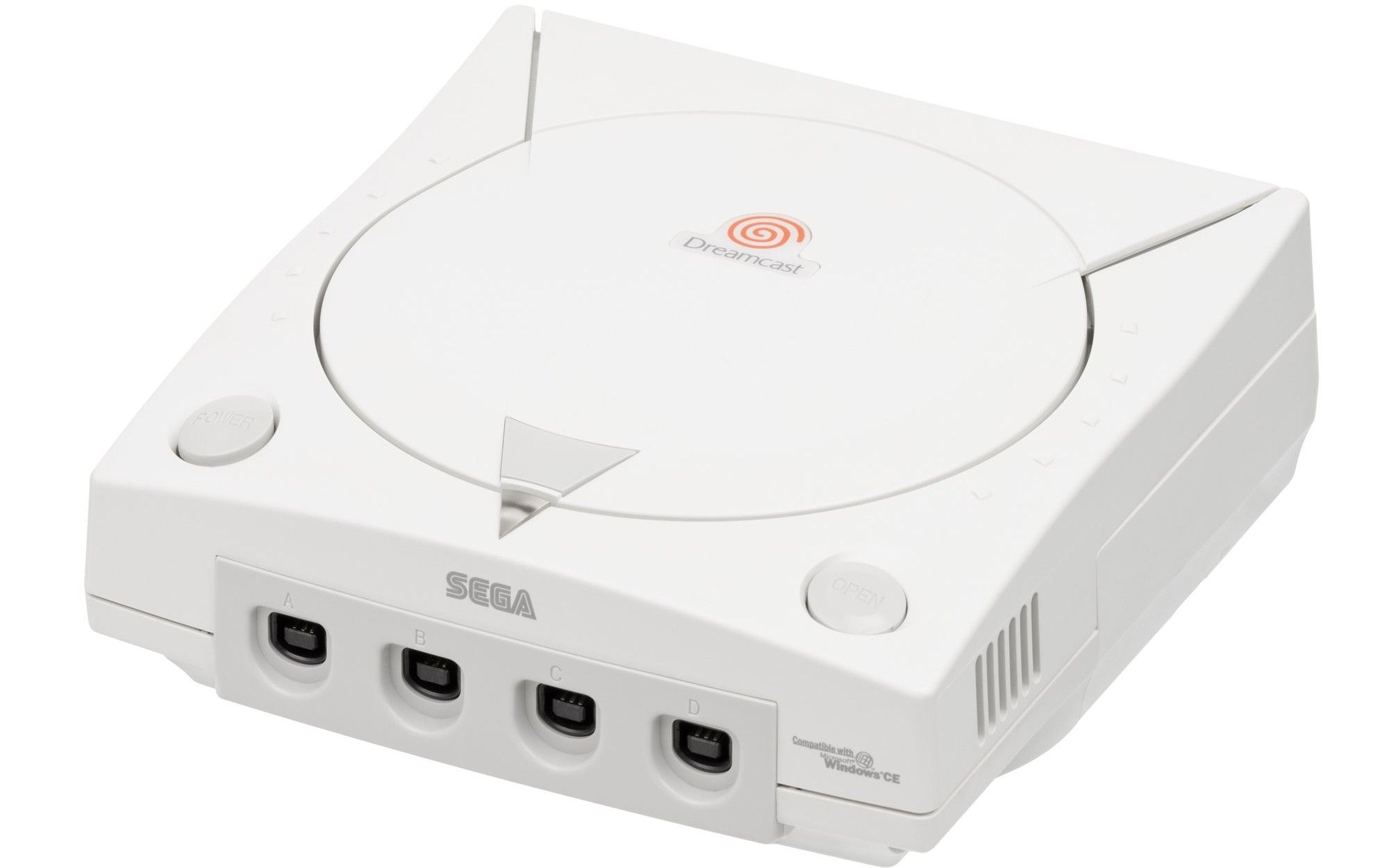The Sega Dreamcast was a truly revolutionary game console. The system found early success when it first released in Japan in 1998 and the US in 1999, but quickly fell from grace just a few years later. The failed system ended up being Sega’s last home gaming console, and the company would go on to become a third-party developer for its previous rivals, something which didn't settle well for many Sega loyalists.
Although the Dreamcast was only in production for a little over two years, the system is still a fan favorite in many gaming communities. Here is a look back at one of the most underrated video game consoles in modern history.
The Dreamcast was Sega’s last chance at redemption. Sega was falling behind its competitors due to declining Sega Saturn sales. To make matters worse, Sega’s previous Genesis add-ons, the Sega CD and 32X, were also miserable failures. The gaming company needed to come up with something big if they wanted to regain their relevance in the video game console market.
Sega got to work on a new system they called Katana, which would eventually turn into the Dreamcast. It was the first 128-bit gaming system, as well as the first home console to include a modem for online play. The Dreamcast blew Japanese audiences away when it first released in November 1998. Unfortunately, bad news was on its way for Sega’s new console.
In March 1999, Sony announced that the PlayStation 2 would release in Japan the following year. The PS2 was superior to the Dreamcast in many ways. It supported broadband internet, had a much higher polygon count per second compared to the Dreamcast and, most importantly of all, played DVDs. DVD was just starting to replace VHS as the go-to movie format, giving Sony’s new system a huge advantage against its competitors. While the Sega Dreamcast was state of the art upon its release, it quickly became obsolete in comparison with the PlayStation 2.
Sega decided to make up for the Dreamcast’s dated hardware by releasing amazing games exclusively for the console. The company hoped this would establish a loyal fanbase for the system before the PlayStation 2 hit retailers. Sega also launched a great advertising campaign in America in hopes of hyping up the Dreamcast. Sega’s hard work seemed to pay off once the Dreamcast debuted in the United States in September 1999. The new system flew off store shelves, with many retailers selling out within a few hours. Sega managed to sell 1.2 million units by the end of 1999. Things finally appeared to be looking up for the company. However, all of Sega’s success would come crashing down as shortly after the release of the PS2.
The power of the PlayStation 2 proved to be too much for Sega to handle. Sony sold over 600,000 units opening day in Japan alone. Microsoft also announced the Xbox shortly after the PS2 launched in Japan. The last thing Sega needed at this time was more competition. The Dreamcast’s cult-like fanbase was Sega’s only hope of reviving its dying console.
Sega continued pushing the Dreamcast despite its falling sales numbers. The company released an online service for the Dreamcast called SegaNet a month after its American release. This allowed Dreamcast owners to surf the web and play select games online for a small monthly fee. Sega would even send people a brand-new Dreamcast and keyboard if they signed up for a two-year subscription. But Sega’s ambitious plan was too little too late. The Dreamcast was rapidly falling behind the PS2 in sales. Although the Dreamcast saw a spike in sales during the 2000 holiday season, Sega announced it would discontinue the system a few months later.
The failure of the Dreamcast was the last nail in Sega’s coffin. The Dreamcast was Sega’s fourth failed system in a row if you include the Sega CD and 32X, meaning that company desperately needed to change in order to save itself. Ultimately, Sega decided to leave the console market behind and focus on creating third-party games for its former rivals. This upset many long time Sega fans, but it ended up saving the company. Many games originally planned to release on the Dreamcast made their ways other consoles, especially the Xbox.
Sega continues to make games for a variety of consoles. The company still has many devoted fans and is viewed as one of the best in the industry. Although many Sega fans blame the PS2 for the Dreamcast’s demise, it was Sega’s poor business decisions and the lack of third-party support that ended up killing the console. If Sega planned the launch a bit better and had more big-name developers working on games for the console, the Dreamcast may have a longer lifespan.
The Sega Dreamcast is still beloved by fans today. The console was way ahead of its time and, despite its lack of impact on the gaming market, certain aspects revolutionized the industry. Online multiplayer would not be where it is today if it wasn’t for the Dreamcast. The Sega Dreamcast remains one of the most overlooked home video game systems of all time, and it will always be a shame that a console with so much potential failed before reaching its peak.




